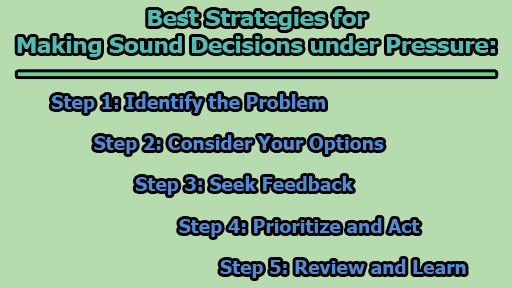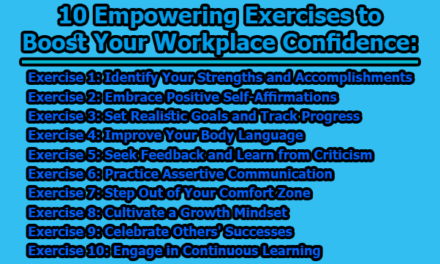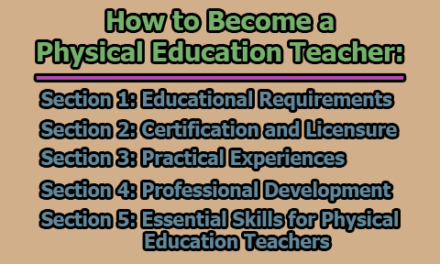Best Strategies for Making Sound Decisions under Pressure:
In today’s fast-paced world, the ability to make sound decisions under pressure is a valuable skill. Whether it’s in your professional life, personal life, or even during a crisis, effective decision-making can make a significant difference. In this article, we will explore the best strategies for making sound decisions under pressure.
Step 1: Identify the Problem: The first and foremost step in making a sound decision under pressure is to clearly define the problem at hand. It’s essential to identify the main issue, determine its root cause, and establish the desired outcome. Jumping to conclusions, making assumptions, or getting caught up in irrelevant details can cloud your judgment and lead to poor decisions.
To avoid these pitfalls, it is crucial to gather all available facts, ask pertinent questions, and verify the information. This helps in narrowing down the scope of the problem and prevents you from wasting precious time and resources on the wrong solutions.
Step 2: Consider Your Options: The next stage in effective decision-making is to consider your options. Here, creativity and open-mindedness are key. You should brainstorm as many ideas as possible without immediate judgment or dismissal. Various decision-making tools, such as mind maps, pros and cons lists, and decision matrices, can help organize and evaluate your options.
When weighing your options, it’s important to think about potential benefits, risks, costs, and impacts of each choice. Additionally, consider the ethical, legal, and moral implications of your decisions. Don’t limit yourself to the obvious or familiar solutions; explore creative and alternative ones.
Step 3: Seek Feedback: Making decisions under pressure doesn’t mean you have to go it alone. Seeking feedback from others is an invaluable strategy. It’s especially important when the decision affects other people or requires multiple perspectives. Consult your team members, colleagues, mentors, or experts for their opinions, insights, or suggestions.
Other individuals may possess valuable information, experience, or ideas that you haven’t considered. However, it’s essential not to overly rely on others or let their opinions unduly influence your decision. Ultimately, the responsibility for the final choice and its consequences rests with you.
Step 4: Prioritize and Act: Once you’ve explored your options and gathered feedback, the next step is to prioritize and act on your decision. Sometimes, you may not have the luxury of time or resources to implement the perfect solution. In such cases, you must choose the best available option based on the circumstances.
Use criteria like urgency, feasibility, effectiveness, and alignment with your goals and values to rank your options. Select the most suitable one and communicate your decision clearly and confidently. To close, take the necessary steps to execute your chosen course of action.
Step 5: Review and Learn: The final strategy for making sound decisions under pressure is to review and learn from your decision. After implementing your choice, monitor the outcomes and impacts. Evaluate whether your decision effectively solved the problem or not. Take time to reflect on the decision-making process itself, identifying what worked well and what didn’t.
Tools such as feedback surveys, debrief sessions, or SWOT analysis can help you collect and analyze data and feedback. This self-assessment will aid in improving your decision-making skills, learning from your mistakes, and celebrating your successes.
In conclusion, making sound decisions under pressure is a skill that can be honed and perfected. By following these steps – identifying the problem, considering your options, seeking feedback, prioritizing and acting, and reviewing and learning – you can navigate high-pressure situations with confidence and competence. With practice, you can make decisions that stand the test of time and contribute to your success, both personally and professionally.

Library Lecturer at Nurul Amin Degree College










